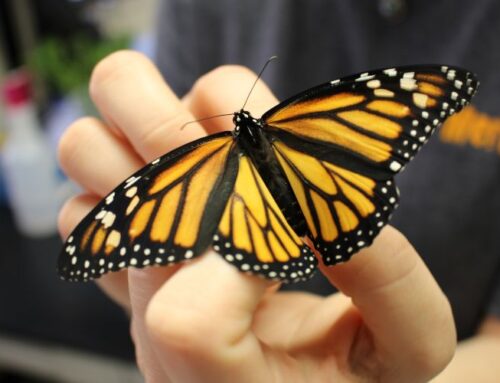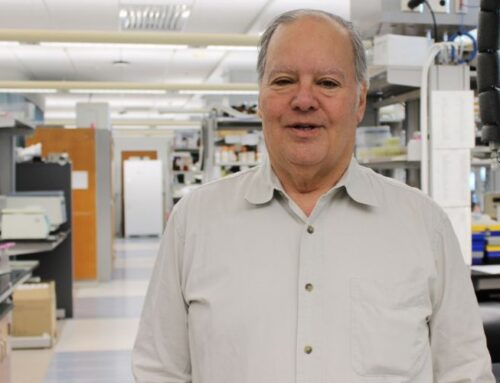How Loneliness Disrupts the Brain and the Body
By: TAMU Biology
 We all know that chronic stress and isolation can take a toll, but how exactly does loneliness affect our brain, our behavior, and even our long-term health? Dr. Wanhe Li, a Assistant Professor in the Department of Biology at Texas A&M University, is tackling that question at the intersection of neurobiology, genetics, metabolism, and emotional health. Her lab uses the fruit fly Drosophila melanogaster as a model organism to explore how social isolation rewires brain circuits, especially those tied to sleep and metabolism.
We all know that chronic stress and isolation can take a toll, but how exactly does loneliness affect our brain, our behavior, and even our long-term health? Dr. Wanhe Li, a Assistant Professor in the Department of Biology at Texas A&M University, is tackling that question at the intersection of neurobiology, genetics, metabolism, and emotional health. Her lab uses the fruit fly Drosophila melanogaster as a model organism to explore how social isolation rewires brain circuits, especially those tied to sleep and metabolism.
In earlier studies, Dr. Li and her team discovered that fruit flies exposed to chronic social isolation lose sleep and begin to overeat, two striking parallels to human experiences of loneliness and emotional stress. By mapping the specific neurons and circuits involved in these changes, her lab is uncovering how emotional states like isolation are biologically encoded and how they interact with fundamental processes like sleep-wake cycles and energy balance.
This work is not just about fruit flies, it’s about building a powerful, genetically tractable model to understand how chronic emotional stress impacts the body over time. With support from the Cancer Prevention and Research Institute of Texas (CPRIT), Dr. Li’s lab is now expanding this research to explore how chronic stress influences the development and progression of long-term diseases, including cancer.
Why It Matters
Chronic loneliness is increasingly recognized as a serious public health issue, linked to poor sleep, obesity, cardiovascular disease, and even increased mortality. Yet the biological mechanisms behind these effects are poorly understood. By illuminating how isolation affects the brain’s control over sleep and metabolism, Dr. Li’s research lays the groundwork for targeted therapies and behavioral interventions. Ultimately, her work could help transform how we understand, and treat, the long-term health consequences of social stress.





